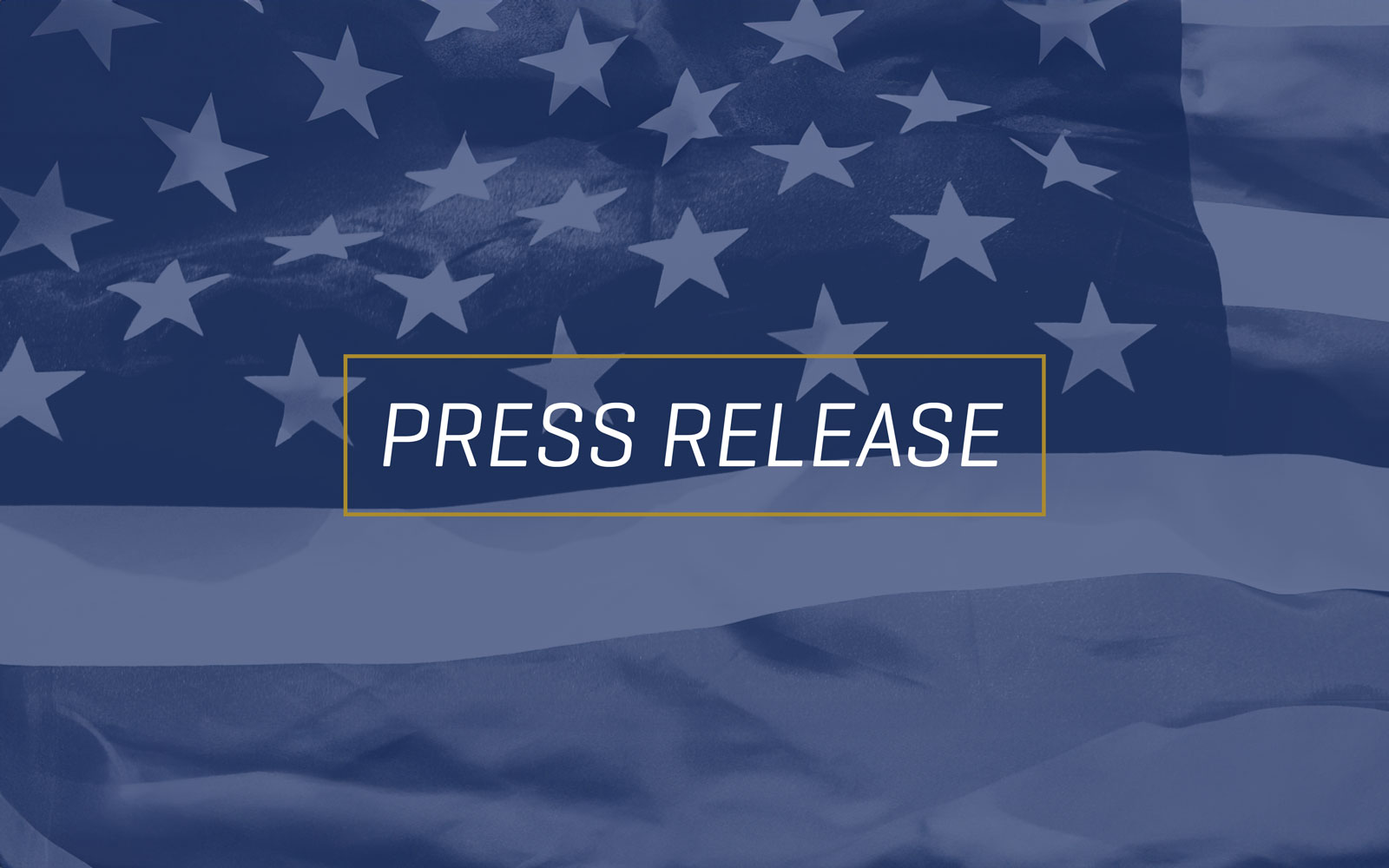Washington’s state public employees union, the Washington Federation of State Employees (WFSE), announced this week it had reached a tentative agreement with Gov. Jay Inslee’s negotiators on the terms of a 2015-17 collective bargaining agreement.
According to WFSE’s website, the agreement calls for 4.8 percent across-the-board wage increases over the next two years, with some employees receiving a 7.3 percent increase. In a statement, the Office of Financial Management (OFM) estimated the raises could add about $250 million to state compensation costs over the next two years.
The union contracts currently being finalized are the first to be negotiated by Inslee’s administration. Current labor contracts, negotiated under former Gov. Christine Gregoire in 2012, are set to expire at the end of June.
Inslee started off the closed-door bargaining sessions with WFSE this spring by publicly calling for pay increases for state employees. While state employees have not received an across-the-board pay increase in six years, many individual employees receive regular step increases in salary.
A recent Freedom Foundation analysis determined that state employee compensation was not out of line with prevailing public- and private-sector rates. OFM has noted that “our current compensation market position has not adversely impacted employee retention, turnover or our ability to hire.”
According to Freedom Foundation analysis of state Public Disclosure Commission records, Inslee benefitted from about $1.1 million in 2012 election spending by WFSE and its parent affiliate, the American Federation of State, County and Municipal Employees (AFSCME).
AFSCME’s investment appears to have paid off. According to federal filings, WFSE-represented state employees must pay 1.5 percent of their salary to the union in dues, meaning that the $250 million in additional compensation could net the union as much as $3.7 million in new dues over the life of the contract.
The promised increases in state employee salary come at a difficult time for the state budget. In a news release about the state’s latest revenue forecast, OFM noted that “revenue growth for 2015–17 will fall far short of what will be needed to maintain current services, cover mandatory increases and provide an additional $1 billion to $2 billion to meet the state’s constitutional basic education obligations” under the state Supreme Court’s McCleary decision.
Budget challenges facing the 2015 Legislature will be further compounded if voters approve I-1351 in November, the Washington Education Association’s multi-billion dollar initiative to boost its dues-paying membership under the guise of reducing class sizes.
As Jason Mercier of the Washington Policy Center has explained, state lawmakers have no oversight of the collective bargaining process and limited ability to influence the content of the contracts they are expected to fund.
Once union members ratify the contracts and OFM determines them to be “financially feasible,” the agreements are included in the governor’s budget request to the Legislature, which must either approve or reject the contracts without modification.
In a statement, Freedom Foundation labor policy analyst Max Nelsen noted:
“While the necessity of universal pay raises for state employees is a debatable, the fact that the governor is meeting in secret with some of his biggest campaign donors to negotiate how much taxpayer money to give away is indefensible. Citizens deserve greater transparency in collective bargaining, and the Legislature deserves more oversight and control over this significant driver of state government’s cost.”
State unions are still in negotiations with Inslee’s administration over health benefits. The state currently pays 85 percent of state employees’ health insurance premiums. According to the Kaiser Family Foundation, private-sector workers participating in an employer-sponsored health insurance plan “contribute on average 18 percent of the premium for single coverage and 29 percent of the premium for family coverage.”










